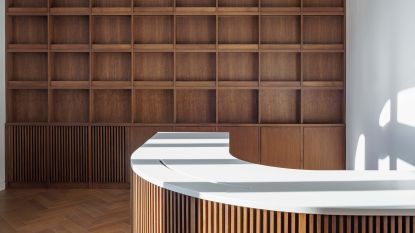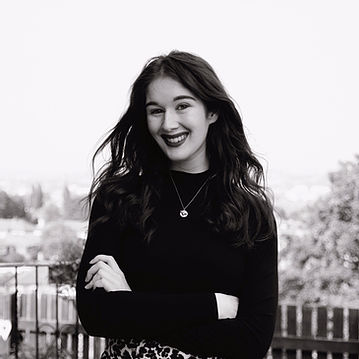Architects are embracing a new design movement that celebrates a slower pace of life
Everything’s picking up the pace, but the architectural and interior worlds are slowing right down


The most significant design movement of 2022 has already emerged – and it’s a trend that celebrates the slower pace of life.
The modern decorating idea in question is Slow Design. The trend is the interior industry’s answer to the anti-fast fashion revolution that’s making headlines in the garment industry.
And while the movement is set to reset our interiors (and our social media feeds), it’s also changing the shape of our homes too. Here, the experts discuss why you need to know about the movement.
What is the slow design trend?

‘Slow design is about creating buildings and places that spark happiness and fulfillment,' explains London-based architects and interior designer Manea Kella.
'Championing longevity and quality over speed and quantity, slow design is created to last, adapt, and ultimately change,’ they add.
Slow design knows how to take its time. It celebrates quality artisan architects and designers who don't rush their design process – and the result is wholly unique.
According to the design firm, the movement has the ability to ‘stand the test of time’ – whether that is in terms of immense architectural projects or solo artisan furnishing. ‘You could call it a wholesome approach towards crafting projects that are all about balancing local traditions, materials, and art,’ they explain.
Why should you get behind the slow design movement?

Manea Kella explains that the pandemic that a lot to do with the emerging design trend – most primarily through our realization that ‘human interaction and a more considerate way of living surpasses technology.’ This revelation has an impact on our relationship with ‘fast-paced market generated projects’ – meaning the slow design movement could move into the forefront.
‘[This acts as an antidote to the rapidly changing model of working, producing slow design means we build less, but we build better, by employing natural materials, considering location, and planning more carefully from the outset,' they say.
However, Manea Kella is not alone in their observation of the slow design movement. Instead, interior designer Emma Stevenson also urges you to get behind the interior design trend of the year. She encourages you to invest in bespoke and unique pieces that bring an artisan aesthetic into your home – to celebrate the trend in all its glory.

‘Slow design is a counter-response to the ever fast-paced lives we all lead,’ Emma explains.
‘Having all spent much more time indoors, and at home, we highly encourage our clients to create environments which resonate with them.’ Ultimately, you should choose something or build something with a background that is as fascinating as the product itself.
Yes, this is the movement that highlights the process behind a piece – not only how the finished product looks in your home.

This is a design idea we can celebrate, time after time. Here’s to the slow revolution.
Be The First To Know
The Livingetc newsletter is your shortcut to the now and the next in home design. Subscribe today to receive a stunning free 200-page book of the best homes from around the world.
Megan is the News and Trends Editor at Homes & Gardens. She first joined Future Plc as a News Writer across their interiors titles, including Livingetc and Real Homes. As the News Editor, she often focuses on emerging microtrends, well-being stories, and celebrity-focused pieces.
Before joining Future, Megan worked as a News Explainer at The Telegraph, following her MA in International Journalism at the University of Leeds. During her BA in English Literature and Creative Writing, she gained writing experience in the US whilst studying in New York. Megan also focused on travel writing during her time living in Paris, where she produced content for a French travel site.
-
 The 12 Best Table Lamps for Reading —I'm a Certified Bookworm (and Shopping Expert)
The 12 Best Table Lamps for Reading —I'm a Certified Bookworm (and Shopping Expert)When it comes to table lamps for reading, I don't mess around. If you're the same, this edit is for YOU (and your books, or course — and good recommendations?)
By Brigid Kennedy Published
-
 "It's Scandi Meets Californian-Cool" — The New Anthro Collab With Katie Hodges Hits Just the Right Style Note
"It's Scandi Meets Californian-Cool" — The New Anthro Collab With Katie Hodges Hits Just the Right Style NoteThe LA-based interior designer merges coastal cool with Scandinavian simplicity for a delightfully lived-in collection of elevated home furnishings
By Julia Demer Published

